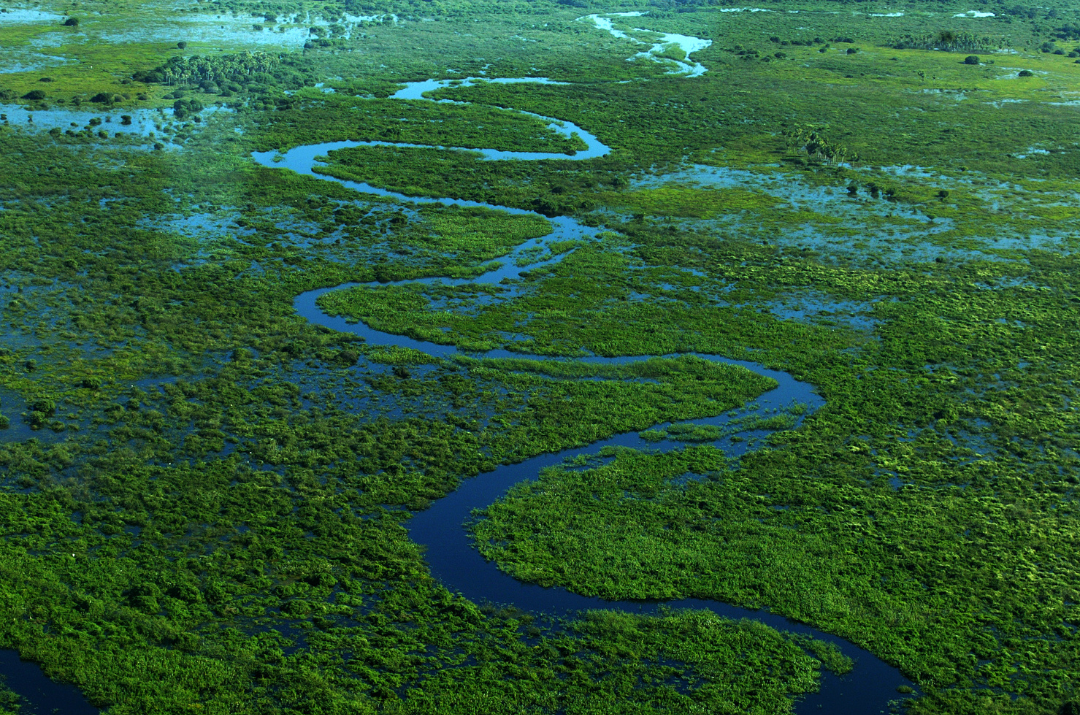While natural spaces like forests, meadows, and coral reefs popular destinations for outdoor adventures, other habitats get a bad rap. For example, wetlands are better known as stinky, mosquito-infested wastelands. From folklore to movies and video games, people view wetlands as sinister, unpleasant, and even dangerous. However, many laws and conservation organizations now protect them. Why is that? Why do we need wetlands? And what makes them so important?
In this Deep Stuff post, we’ll learn about wetland habitats and the many useful services they provide.
What is a wetland?
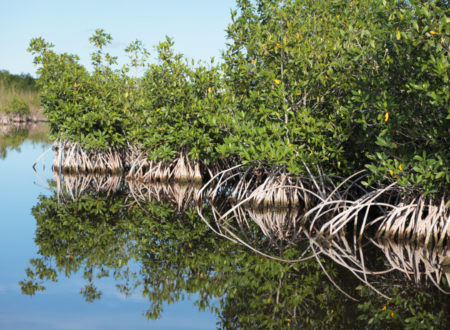
For starters, it’s worth thinking about what wetlands are. Although there are many different definitions, we can just use a simple one here:
Wetlands are habitats where the land surface is covered by water for a certain period every year.
I’ll leave the technical stuff to a future post, but it may help to think about some examples. Here are some common wetlands you might encounter while exploring the outdoors:
- Marshes
- Swamps
- Bogs
- Floodplains
- Ponds
- Salt marshes
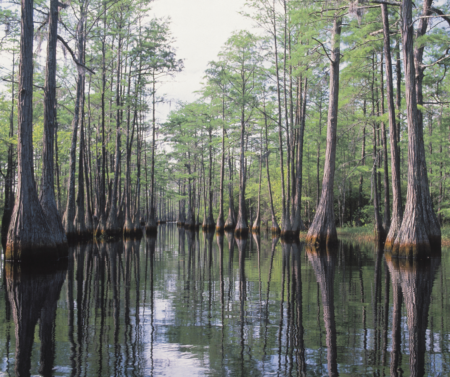
Some people also include rivers, lakes, and even coral reefs and seagrass beds as wetlands. In summary, there are many different kinds, but they’ve got one thing in common: water. And this has a lot to do with how they help people!
They clean our water
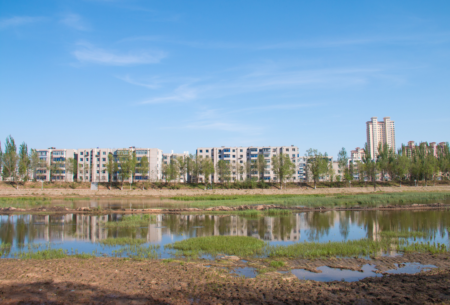
Water quality is a major issue in today’s world. Most human activities, from farming food and driving on the road to manufacturing goods and keeping our homes and cities clean lead to water pollution. At small scales, water pollution is not always a big deal. However, in modern times, our economy and lifestyles are having huge impacts on water. Intentionally are not, we are constantly dumping a nasty cocktail into our rivers, lakes and oceans. These include things like:
- Pesticides
- Fertilizers
- Oil, salt, heavy metals and other chemicals from roads
- Pharmaceuticals from our bodies
- Solvents and other chemicals from factories
- Dirt and other sediment from construction and erosion
When this things get added to our water, it can contaminate water supplies, destroy ecosystems, and hurt our health. Since all life requires water, we are in deep trouble if our supplies of fresh water become too dangerous to drink. Even at relatively low concentrations, many chemicals from roads and manufacturing can increase rates of cancer and other diseases.
Nature’s water treatment plants
As it turns out, wetlands can do wonders in cleaning up our water. They do this in several ways:
- Slowing down the water, which allows sediment to settle out
- Creating a rich environment for microbes that break down pollutants
- Allowing sediment and material to pile up, putting harmful chemicals in deep storage
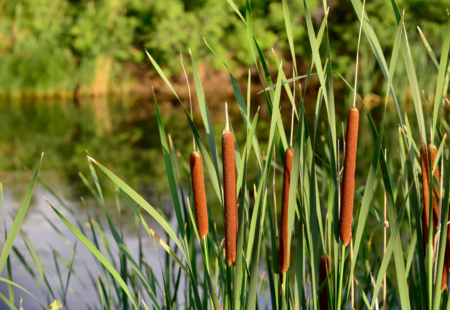
By holding water in place for a while, wetlands allow nature’s natural cleaning processes to take place. When water starts to slow down, the potentially harmful sediments that got stirred up with it will settle out. Likewise, standing water can create conditions with no- or low-oxygen (anoxic or hypoxic) that support special microbes. These microbes, working as a team with others in oxygenated parts of the water, can break down harmful chemicals and absorb excess nutrients.
Chemicals like heavy metals that can’t be broken down find their way into the sediment, which accumulates stacks up quickly. Wetland sediments can sit undisturbed for centuries, so this process can effectively lock way toxic substances. In other words, it effectively removes them from our water supply.
Wetlands protect coastlines
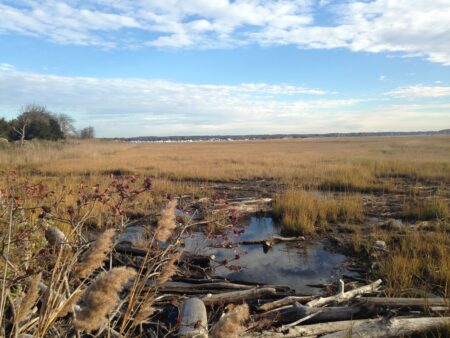
Did you know that 60% of the world’s population live within a half mile (~1km) of the coastline? With rising sea level and more intense storms every year, this means that billions of people are at risk. That’s not to mention losses to property and local economies. Saltwater wetlands along the coast help protect our coastal beaches, towns, and cities.
Where strong winds, huge tides, and storm surge can put these valuable and populous cities at risk, wetlands act as a protective buffer. In Northern, temperate climates, marshes of cordgrass and other salt-tolerant plants can absorb floods and dampen the force of waves. In other words, they act as both a suit of armor and a sponge. Mangroves in warmer climates do the same thing, acting like super-effective sea-walls that defend coastal communities from property damage and loss of life.
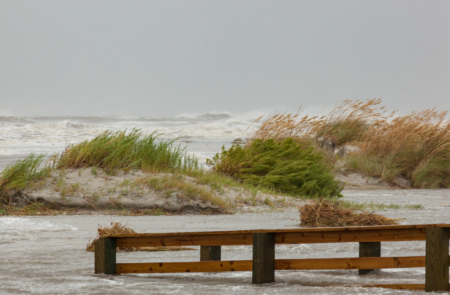
In many parts of the world, people are now restoring (re-building) coastal wetlands where they had been paved over for development. This is a major strategy for protecting oceanside communities. In fact, it’s so successful that the U.S. Army is restoring and constructing wetlands to protect military installations! This appreciation for the power of wetlands is increasingly popular all over the world, in countries like China, the Netherlands, Mozambique, and Senegal.
They boost water supply
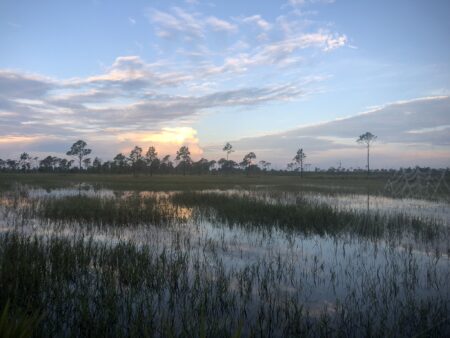
In many parts of the world, there’s hardly enough water to go around. Between cities, industries, and farmers, water demand is at an all time high. In water scarce regions and semi-arid biomes, people are really feeling the pinch! For example, Lake Powell, a massive reservoir in the U.S., has reached all-time lows in recent years, putting lives and economies at risk.
Believe it or not, wetlands can help a lot with that too! In dry landscapes, water that sits too long near the surface can quickly evaporate and be lost to the clouds. When some wetland ecosystems fill up with water, they help it infiltrate into the ground. This refills aquifers, which act as underground, long-term storage for fresh water.
Those refilled aquifers keep water flowing (called base flows) in rivers during dry times. This supports farmers who need water for irrigation, and communities who need it for drinking and sanitation. Furthermore, aquifers keep water safe and clean and have less evaporation (and water loss) than keeping it in a reservoir. Yet another case of wetlands saving the day!
They prevent flooding

Just like with coastal wetlands, freshwater wetlands around rivers and around the landscape act as sponges that absorb floods. When too much rain falls too quickly, it can put communities at risk. Peoples houses and, regrettably, even their lives can be lost in severe flooding events. As severe floods become more common, this is an increasingly grave concern.
Impressively, wetlands like marshes, swamps, and floodplains go a long way in helping here. They can hold water as it washes over the landscape, and even slow down its movement. Over time, that water will also infiltrate safely underground. By restoring wetlands in urban settings and floodplains around rivers, many communities are preventing millions of dollars worth of damages annually. As an extra bonus, those wetlands provide great wildlife habitat and recreational opportunities for nature lovers like us!
Wetlands are home to important wildlife
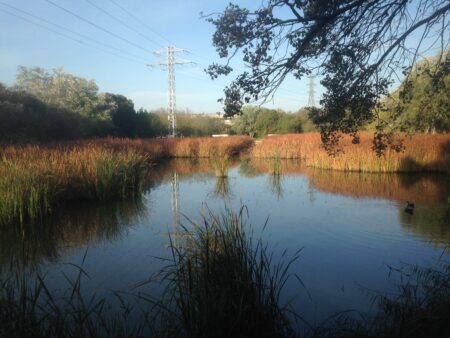
Speaking of wildlife, wetlands are incredible hotspots for biodiversity. In other words, if you’re looking to see cool plants and animals, wetlands should be top of your list. While wetlands do boast an impressive diversity of specially adapted critters, they are also some of the most productive ecosystems out there. This means that they produce huge amounts of food for all kinds of wildlife. Combine that with plenty of water and they are an absolute paradise.
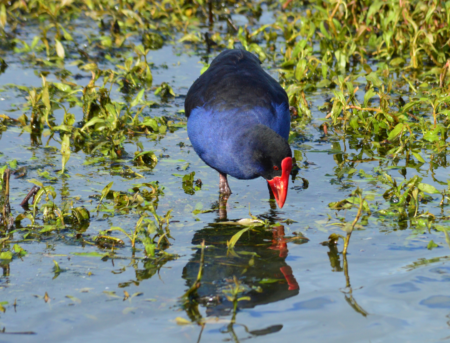
All this means that wetlands are top-notch spots for birdwatching, botanizing, catching bugs, and enjoying the outdoors. Loads of animal species that don’t live in wetlands still visit them to drink and find food. For example, some of the best large mammal sightings I’ve ever had, including moose, Grizzly bear and Red fox, have been in wetlands. Even urban wetlands in big, crowded cities are often refuges for all kinds of fascinating wildlife. This is because provide a cool, quiet break from the hustle and bustle that many animals need.
Wetlands are particularly good spots for watching wildlife because:
- They often have open spots due to flooding, which make great viewing windows.
- Wildlife often feel safer in wetlands, since deep mud makes it difficult for predators to attack.
- The abundance of food and water makes wetlands an attractive place for many species
- Wetlands are often isolated among larger areas of other habitat. This makes them focal points or gathering places for wildlife that need wetlands.
They provide food and livelihoods to millions of people
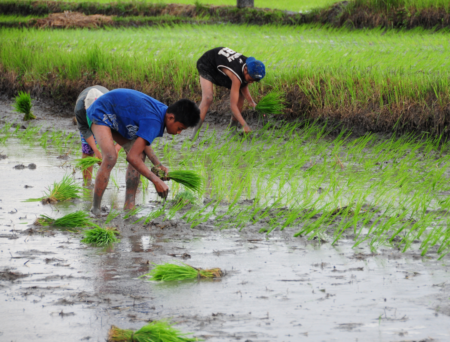
Wetlands aren’t just for critters! In fact, wetlands have been a key resource for people for thousands of years. Even in modern times, between 300 and 400 million still depend directly on wetlands for their livelihoods. Specifically, wetlands provide people with:
- Food, like fish, waterfowl, and edible plants
- Farming opportunities, like rice paddies and taro fields
- Sources of plant fiber for building
- Water to grow crops in arid landscapes
- Rich soils for agriculture
They can fight climate change
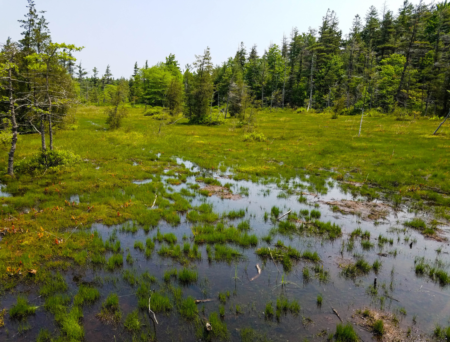
Rising atmospheric carbon dioxide levels are cause for concern as we learn more about what climate change could mean for our planet. Because of this, many governments are seeking ways to pull carbon out of the atmosphere. One rather effective way is by allowing the growth and regeneration of ecosystems. As plants photosynthesize, they pull carbon dioxide from the air and use that to build sugars. In turn, this sugar is their food, and also a major building material for their roots, stems, and leaves.
While forests can suck loads of carbon out of the atmosphere, some wetlands are even more effective. For instance, peat bogs in places like Scandinavia, Northern England and Scotland, and Southeast Asia can take huge amounts of carbon from the air. Furthermore, because dead peat in these wetlands sinks to the bottom of the bog rather than decomposing, the carbon gets stored away. This carbon can be locked up for tens of thousands of years!
Because of this, lots of people are working to restore peat bogs throughout the world to combat climate change. Since bogs have been lost to development and peat harvest throughout the centuries, there is a lot of work to be done. Fortunately, restoring them can sometimes be as easy as “just add water”!
Thanks for reading about why we need wetlands!
Do you have a favorite wetland in your area? Share with us in the comments! If you’d like to learn more about wetlands and how they work, check out our Nature Guys mini-series on water, wildlife, and wetlands.

